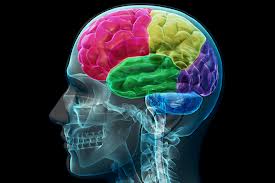Studies have found that areas in the striatum and medial prefrontal cortex (MPFC) regions brain are activated when consumers are in the process of making a purchasing decision.
What is the Neurobiological Basis of Consumer Choice?
The choice process has two steps. First, the consumer assigns a value to each option. Second, these values are compared and the highest-ranking option is selected.
People evaluate the stimuli that they see.
A recent study has found that the striatum and MPFC are still activated when consumers are presented with different options and not required to make a choice. What does this mean?
Even if they do not have to choose. A person may see a car passing by. She subconsciously assigns it a value. She then sees another car pass by. She then  assigns this other car a value and may then subconsciously compare the two cars.
assigns this other car a value and may then subconsciously compare the two cars.
What does this mean for advertisers?
Marketing may not necessarily need a commercial or billboard in order to materialize. A billboard or commercial may promote the positive values of a product. Yet a consumer may subconsciously value a product anyway. Perhaps there are certain aspects that a company’s advertisers have to worry about besides what its competitors say or how they advertise. If consumers automatically assign values to products, then marketing may not improve a product that has many deficiencies.
Cost Effective Neuro Marketing
Yet this finding may present advertisers with some cost-effective marketing opportunities. Companies can highlight some positive virtues of a product on the product itself. Perhaps an automaker may put on a car some emblem highlighting its positive virtues. This way, a prospective buyer, when valuing the car on the street, may take into account some other positive aspects of this car. And, later on, when this buyer goes to car dealership, she may keep in mind the brand of the car she saw on the street earlier.



